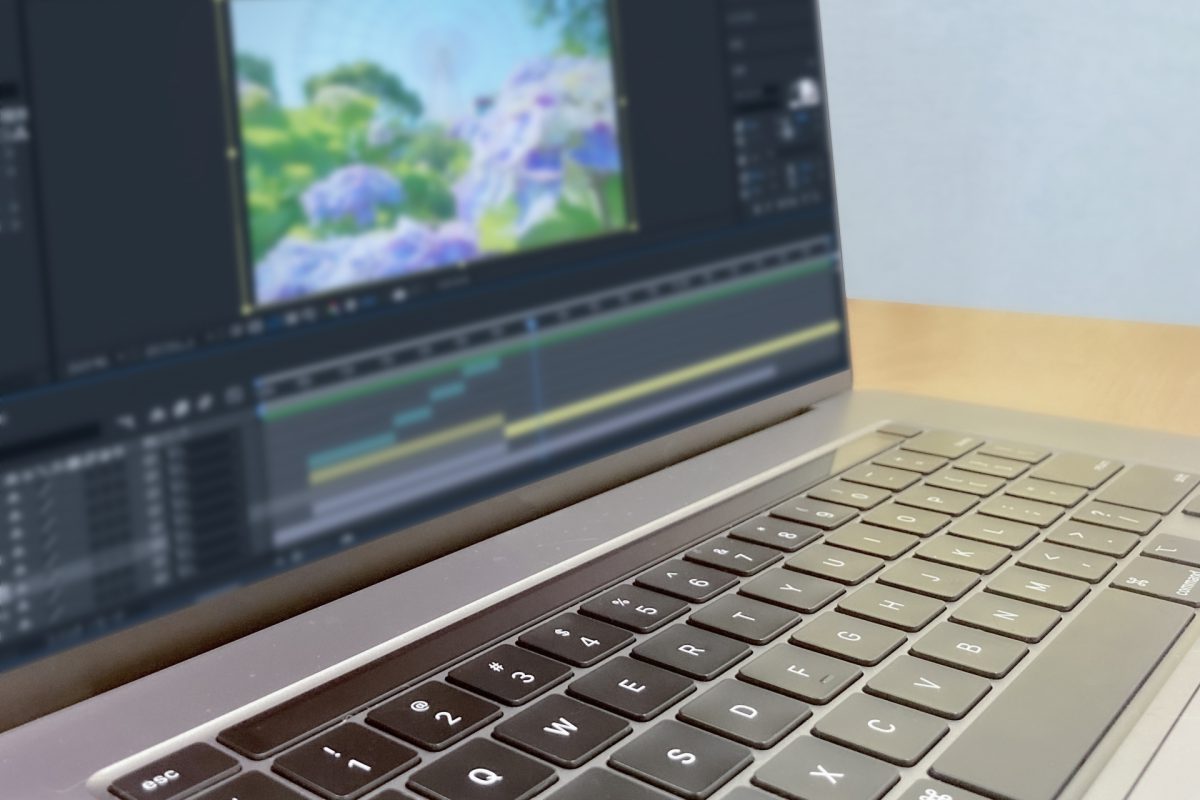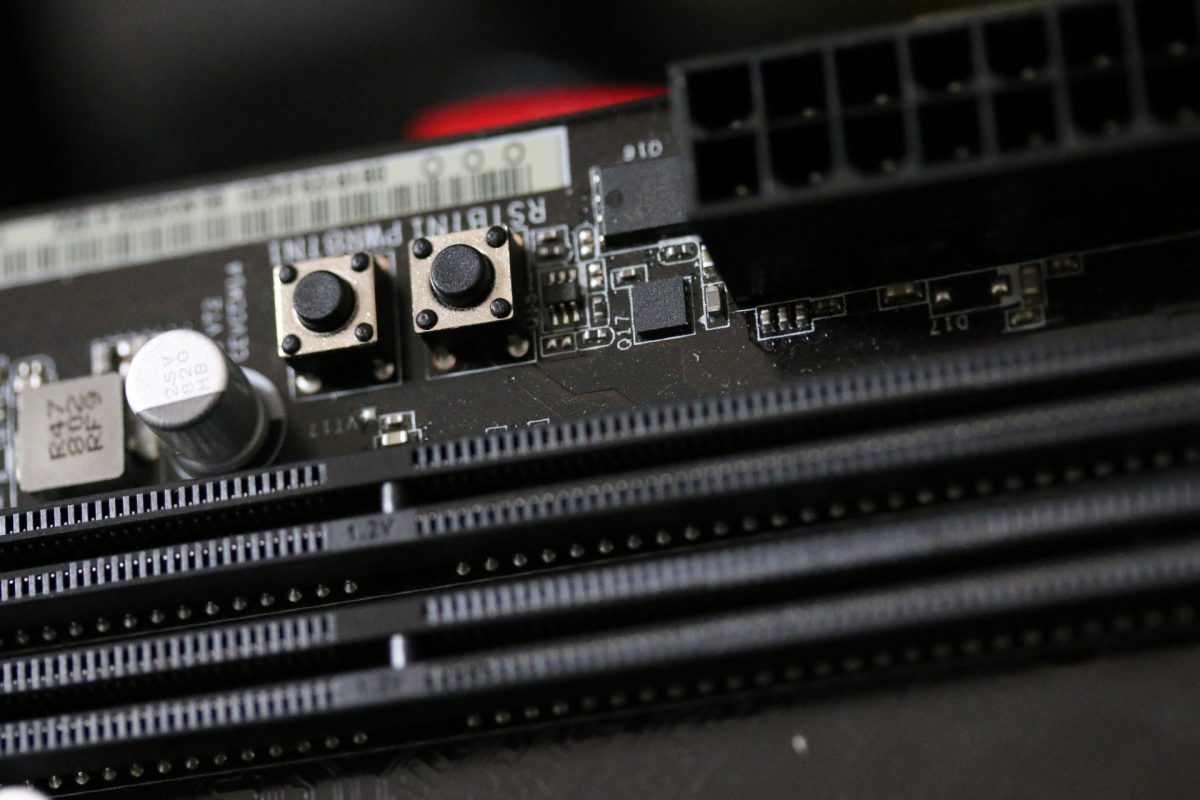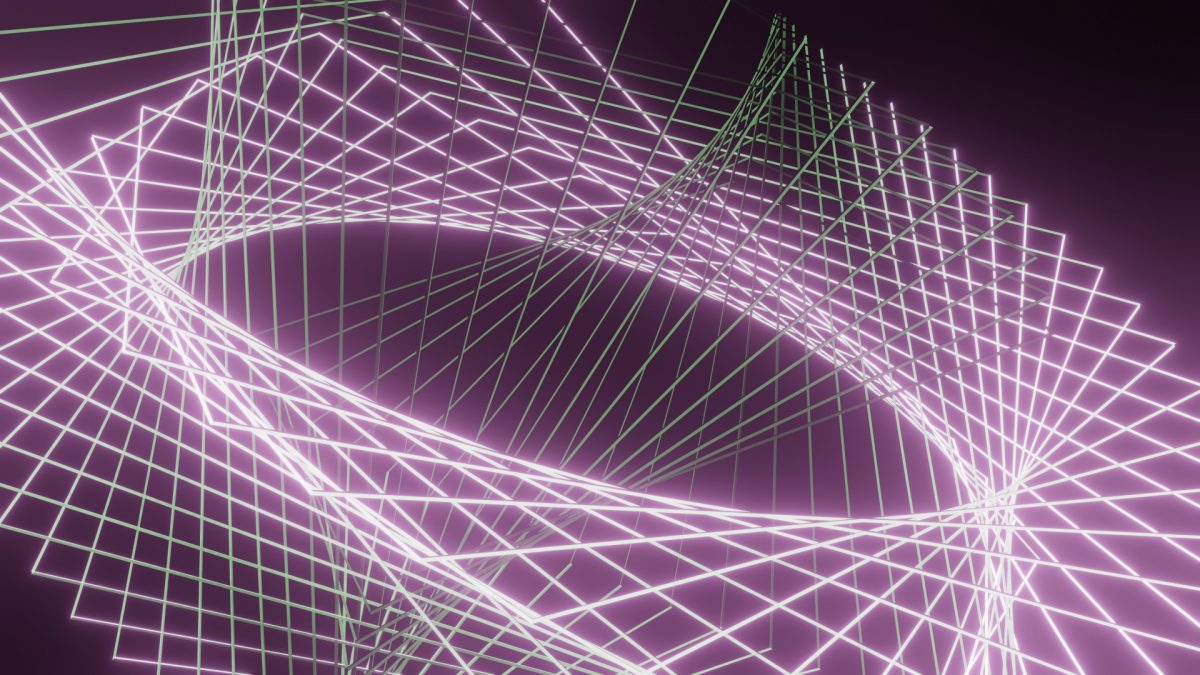Mac users often have a tough time when it comes to software accessibility, since many software companies limit availability of their products to Windows or Linux operating systems. For 3D modeling and animation, this can become a critical issue when it comes time to choose rendering software that is Mac compatible. While options have been …










